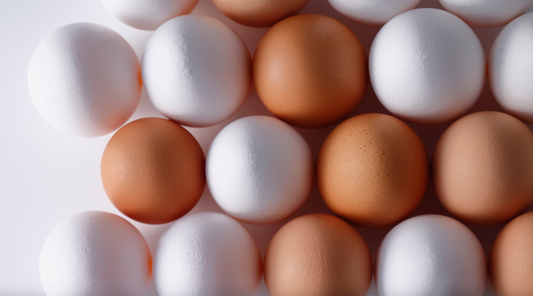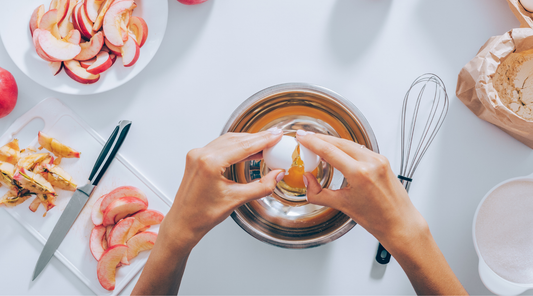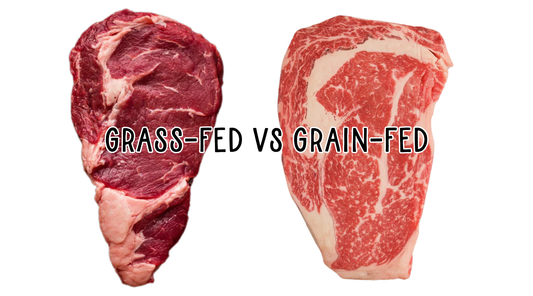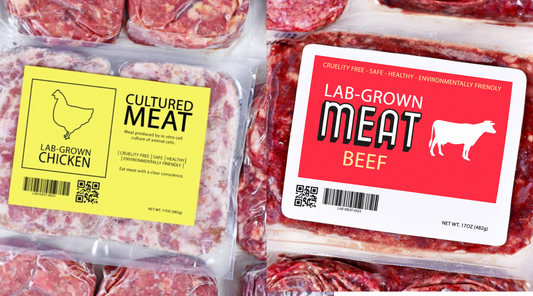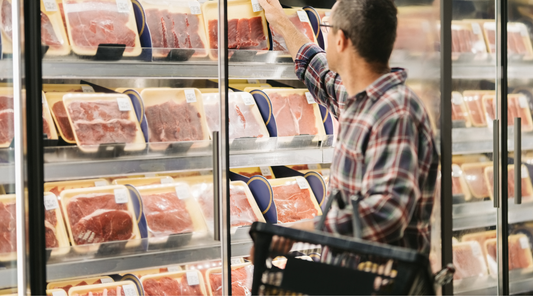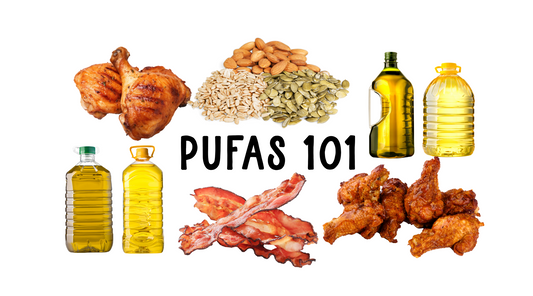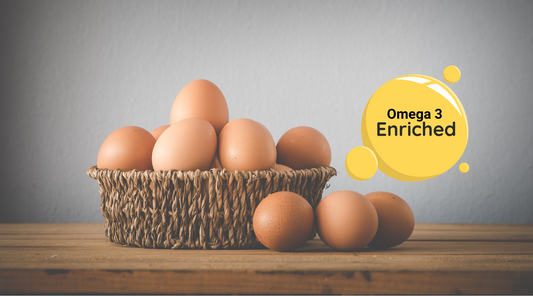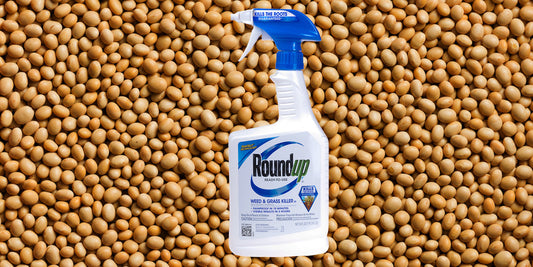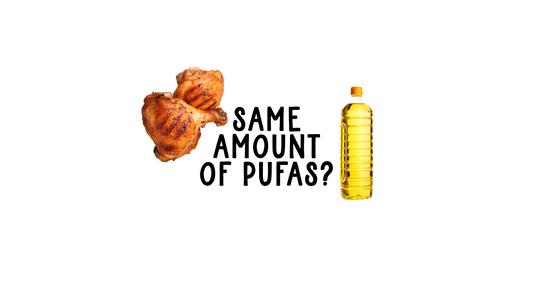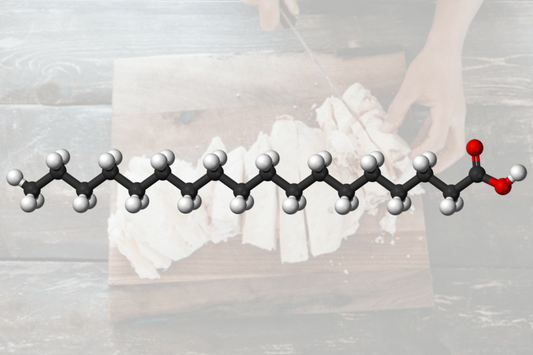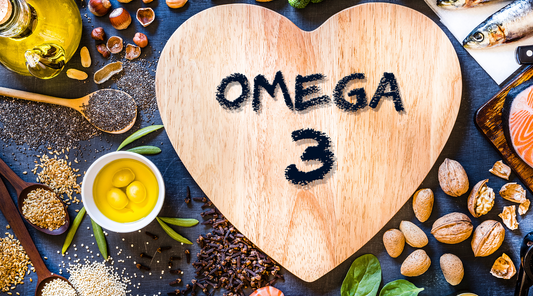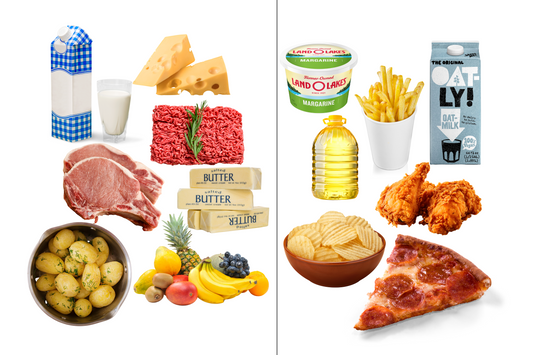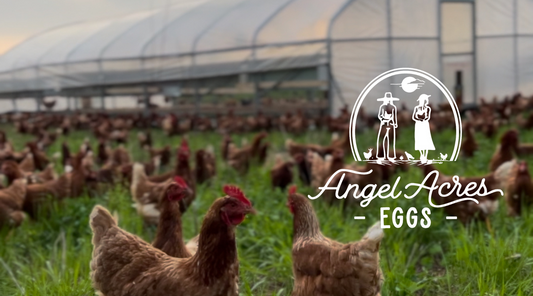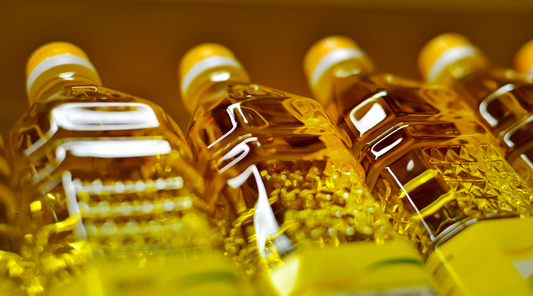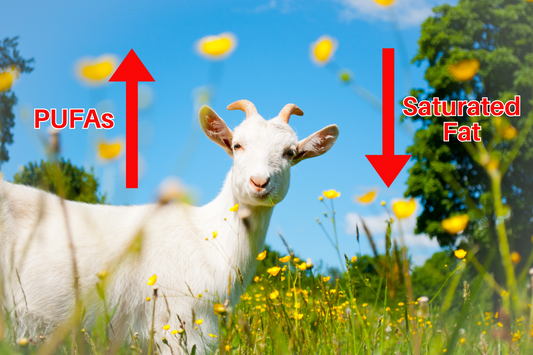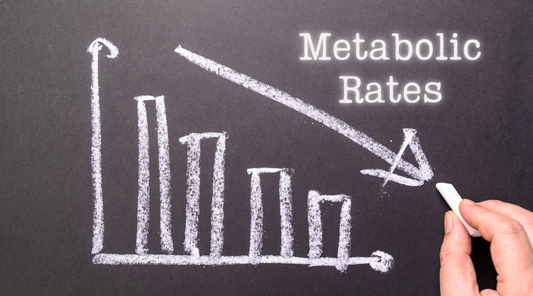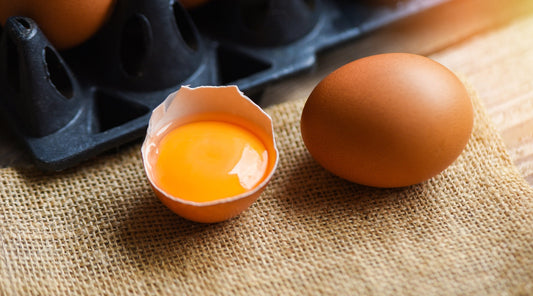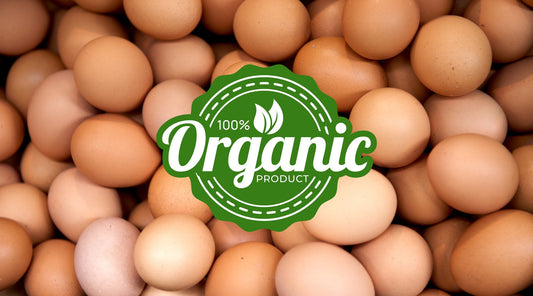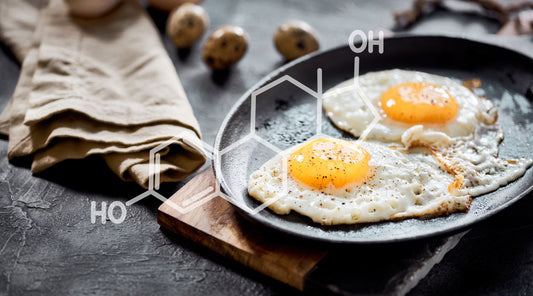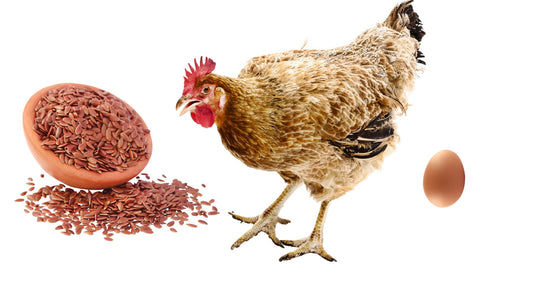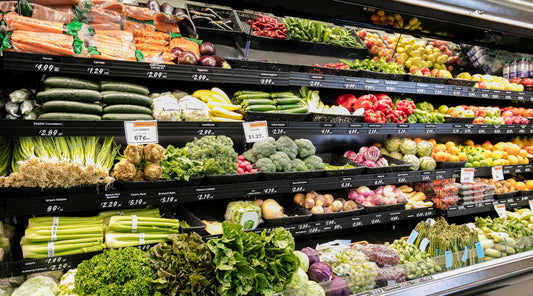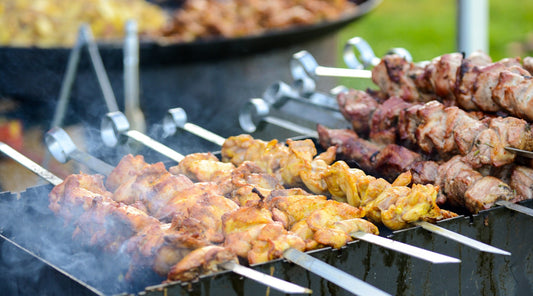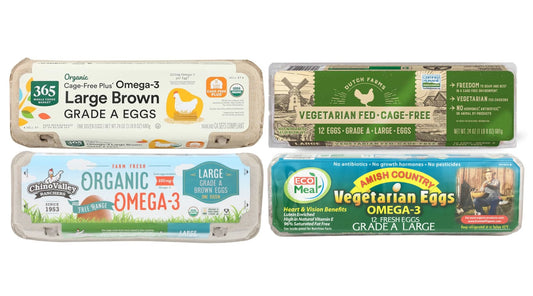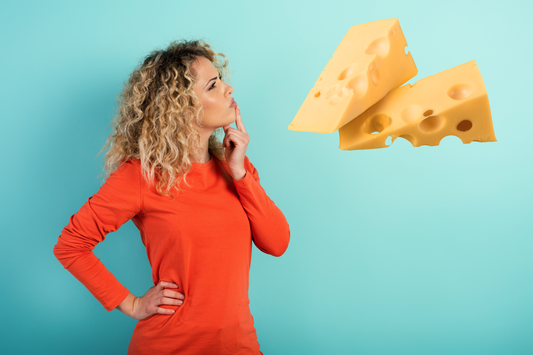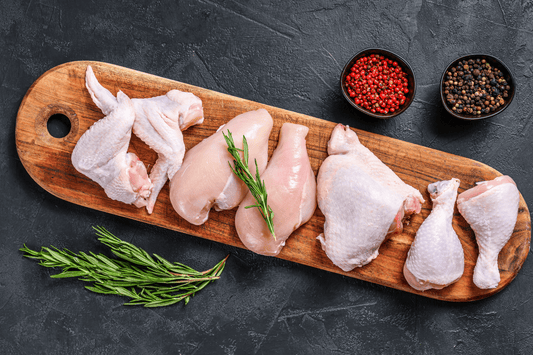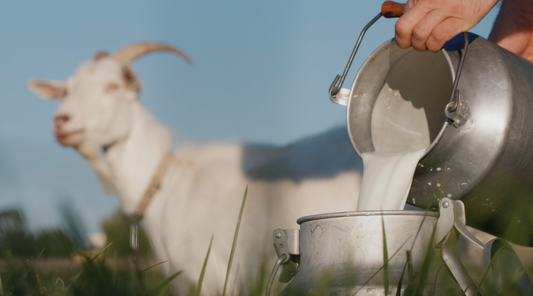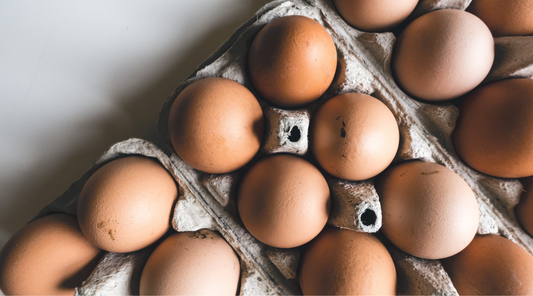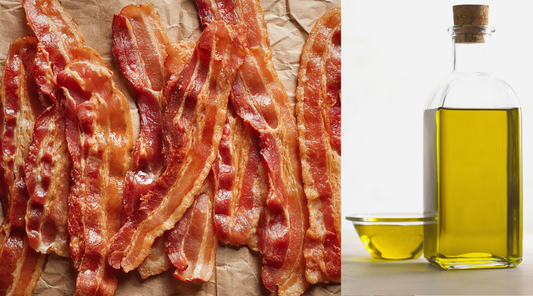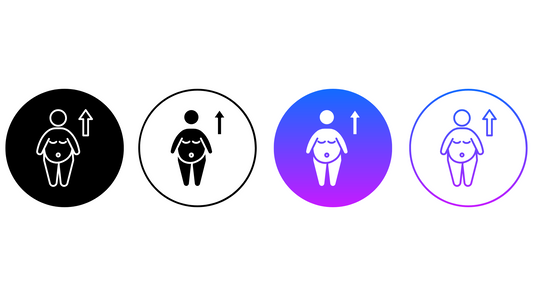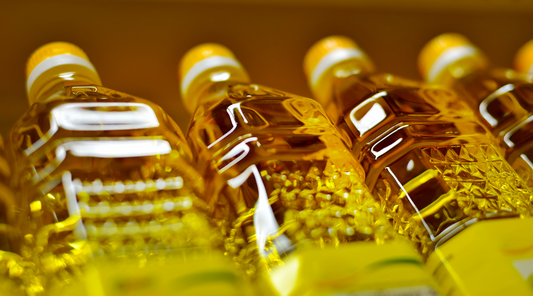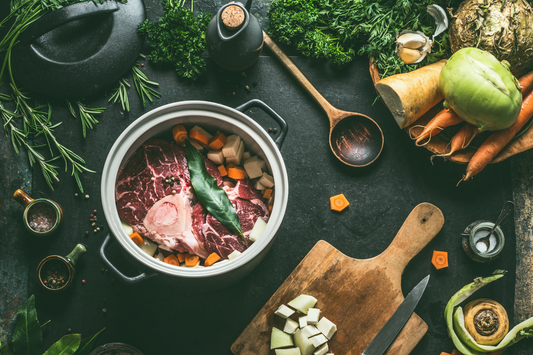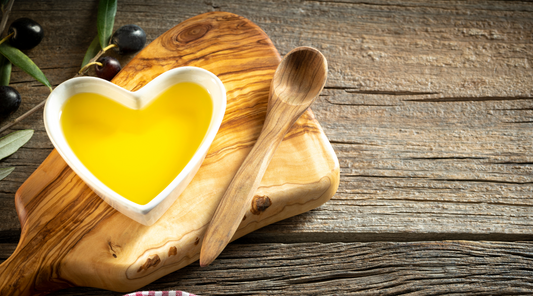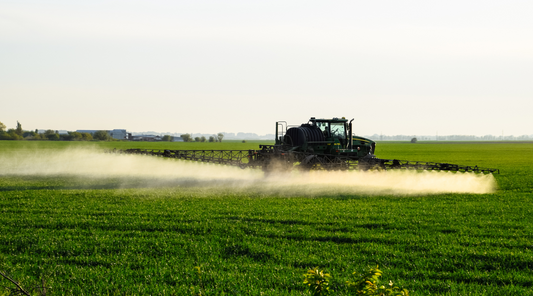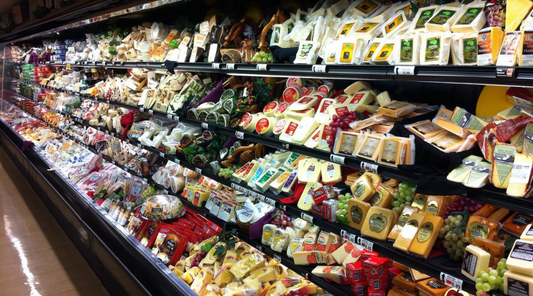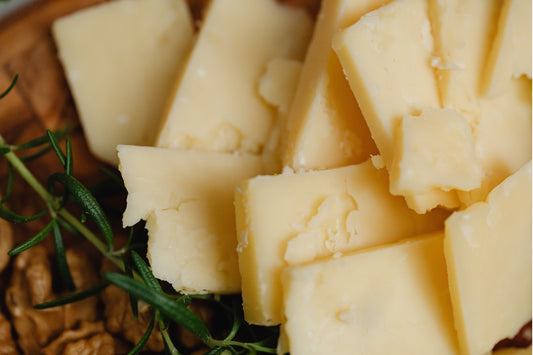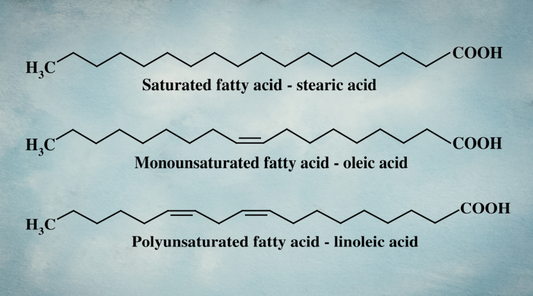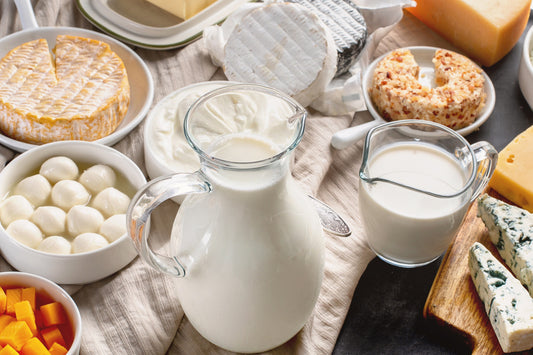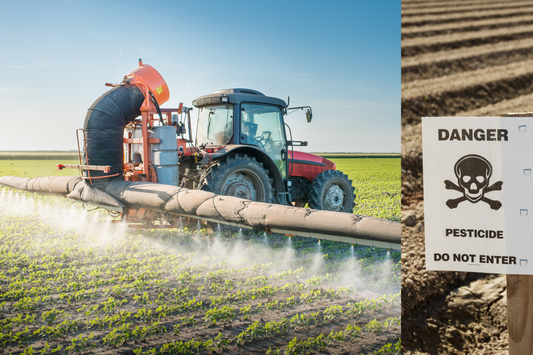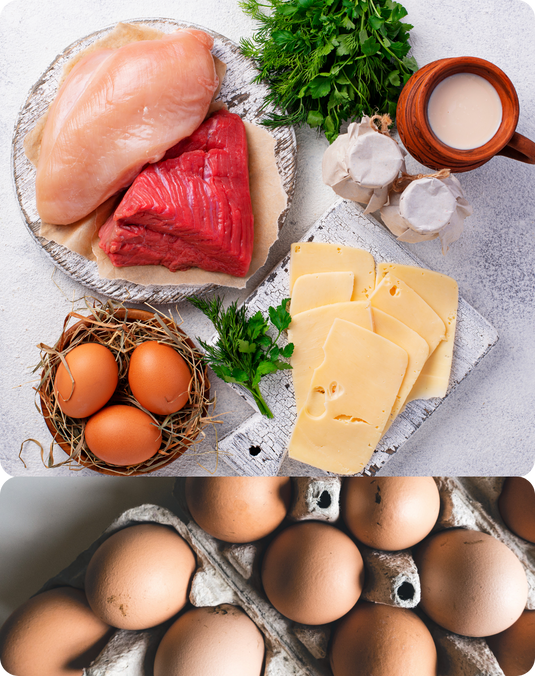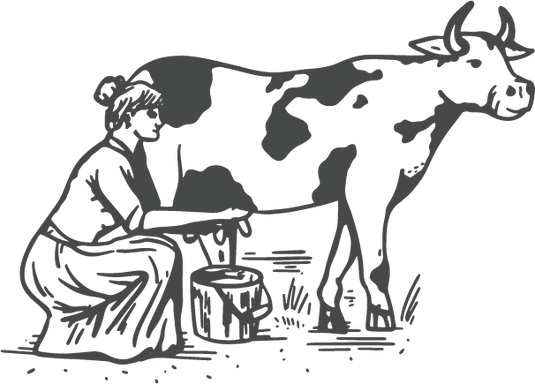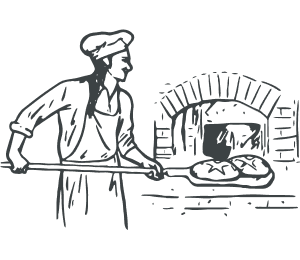
Are 'Corn and Soy Free Eggs' a scam?
The unfortunate reality is that many brands advertising “corn and soy free” eggs are kind of missing the mark.
Yes, removing corn and soy from chicken feed can help avoid common allergens. And that’s a good start.
But here’s the real question most people, and even most farmers, don’t ask:
What are they replacing the corn and soy with?
*Prefer to watch instead of read? Tune into my YouTube video where I dive into the question of 'is corn- and soy-free a scam?'
Before we dive in, we need to first discuss the problem with most Commercial Feed.
Typical commercial chicken feed rations include soybean meal, soy oil, ‘vegetable oil’, and corn-based ingredients like dried distillers grains.
These are highly unsaturated, loaded with plant-based polyunsaturated fatty acids (PUFAs) like:
-
Omega-6 Linoleic Acid (LA)
-
Omega-3 Alpha-Linolenic Acid (ALA)
And here’s what matters: when a chicken eats more PUFAs, more PUFAs show up in her eggs.
That’s not good news for us, because most of us are already overexposed to these unstable fats in vegetable oils (and even conventional chicken and pork), something our ancestors never dealt with in such high quantities.
Most “corn and soy free” feeds simply swap these high-PUFA ingredients for other high-PUFA seeds and oils.
Here’s what they often use instead:
-
Sunflowers / Sunflower Meal
-
Sunflower Oil
-
Canola Meal / Oil
-
Flaxseed / Flaxseed Oil
These swaps don’t solve the PUFA problem… they just repackage it.
The result?
Eggs from “corn and soy free” hens still contain high levels of PUFAs.
In other words, you end up with the same issue in your eggs, just with different packaging. And often a higher price tag.
Some corn and soy free eggs contain the same amount of Linoleic Acid and PUFA than corn and soy fed eggs. So... what's the point?

Why We Did Things Differently
We’re farmers now, but we didn’t start here. Our background is human health and metabolism, and that changes how we look at feed.
When I first started farming in 2021, I didn’t set out thinking: “I want to be a chicken feed developer.” I just wanted to farm!
Sarah and I were on a mission to create the healthiest eggs possible, and the industry-standard options (even the ‘corn and soy free ones’) just weren’t going to cut it.
So I had to custom-formulate my own.
There was no other choice if we wanted to create the healthiest egg possible.
My approach is rooted in hundreds if not thousands of hours studying historical farming practices from the 1700s and 1800s. Inspired by how chickens ate before industrial agriculture:
✅ No extracted seed oils
✅ No mass-produced oil meals
✅ Just real, natural, ancestral-style ingredients
At Angel Acres Egg Club, we don’t just remove corn and soy. I’ve carefully crafted our feed to lower PUFA content, avoiding the typical industrial oils and meals completely.
And we don’t just guess. We test.
We’re proud to say our eggs are lab-tested to back up our claims:
✅ 74% less linoleic acid (omega-6 PUFA) than Organic Pasture-Raised Vital Farms eggs.
✅ 94% less alpha-linolenic acid (omega-3 PUFA) than eggs from flax-fed chickens.
Why does this matter?
Lower PUFA content means less exposure to these fragile, easily oxidized fats.
When you cook PUFAs at high heat (like when scrambling eggs), they break down into harmful oxidation products such as MDA and HNE. Less PUFA means fewer of those compounds in your breakfast.
Fewer PUFAs in your eggs also means fewer PUFAs ending up in you. Because when you eat more PUFAs, that fills your cellular structures with PUFAs, hindering energy production, lowering metabolic rate, and increasing oxidative stress.
[Learn more about the health benefits of corn- and soy-free, low PUFA eggs here.]
Our goal is simple: produce the healthiest egg possible.
Not just corn and soy free, but truly low in PUFA.
Because we don’t need more PUFAs accumulating in our cells and tissues.
Our great-great-grandparents never had to worry about industrial seed oils or their byproducts sneaking into livestock feed.
We think you shouldn’t have to either.






